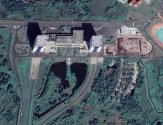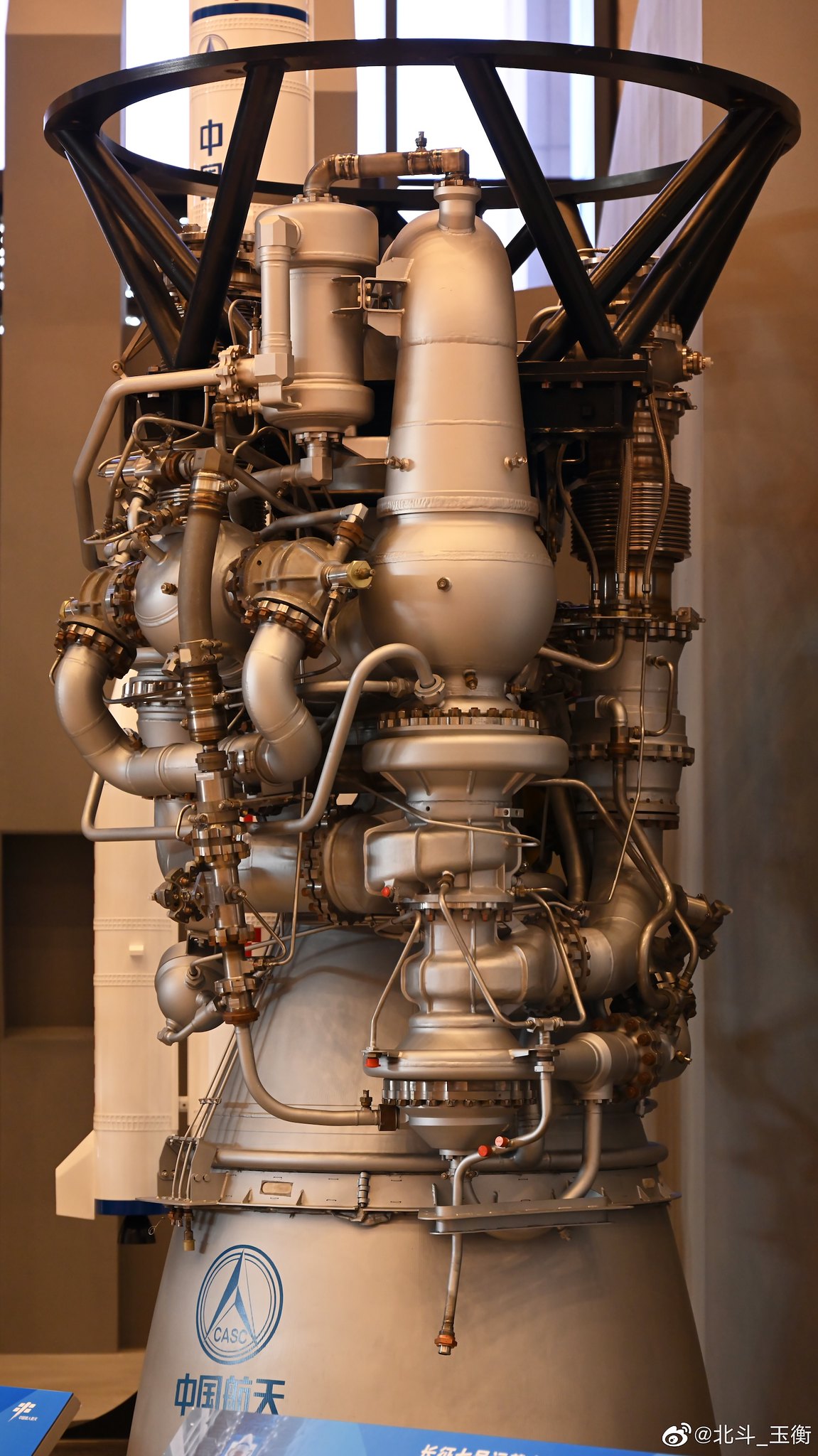You are using an out of date browser. It may not display this or other websites correctly.
You should upgrade or use an alternative browser.
You should upgrade or use an alternative browser.
China's Space Program Thread II
- Thread starter Blitzo
- Start date
by78
General
The AsiaPacific-6E (亚太-6E) communications satellite, scheduled for launch tomorrow, features an electric propulsion system (Hall thrusters) as well as a detachable chemical propulsion module, a configuration that is a first for China. The chemical propulsion module is responsible for sending the satellite to its initial low-earth orbit, after which the module will detach from the satellite. From there, the electric propulsion system will take over to send the satellite (now much lighter without the chemical propulsion module) into its final geostationary orbit, a process that will take six to eight months.



At 2:10 on January 13, a Long March 2C rocket successfully sent the Asia-Pacific-Star 6E satellite into orbit. The APSTAR-6E satellite is mainly used to provide broadband communication services for Southeast Asia. This mission is the 460th flight of the Long March series of launch vehicles.

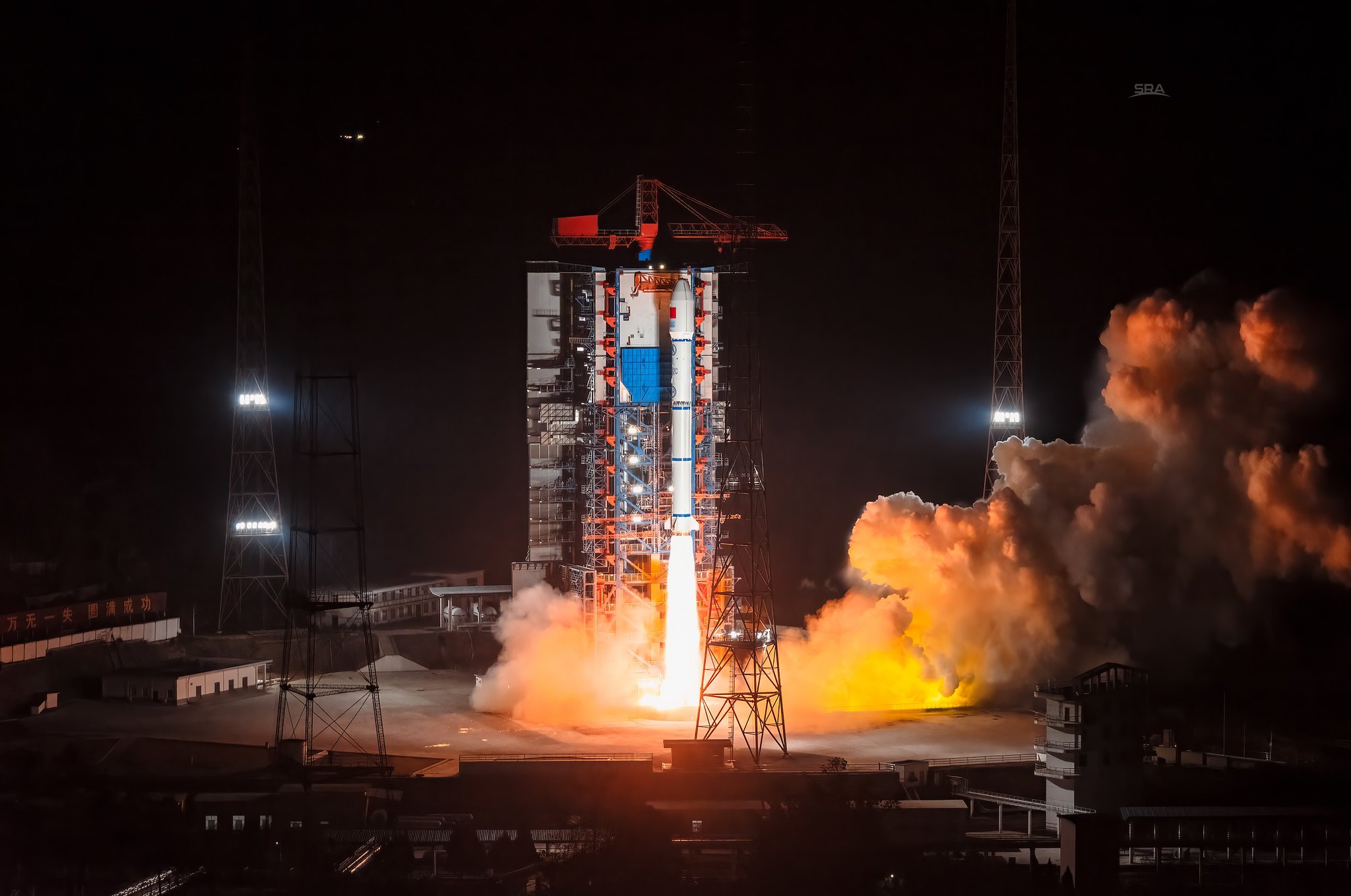
An update. According to a Xi’an Satellite Measurement and Control Center, the chemical propulsion module has been successfully , which is now being elevated to its final orbit by electric propulsion, a process that will take approximately 10 months.
by78
General
A progress update on the Hainan spaceport for commercial launches. The first two images below show launchpad no. 1, whose basic ground infrastructure has been finished. Next, the launch tower and other equipment will be erected and installed.
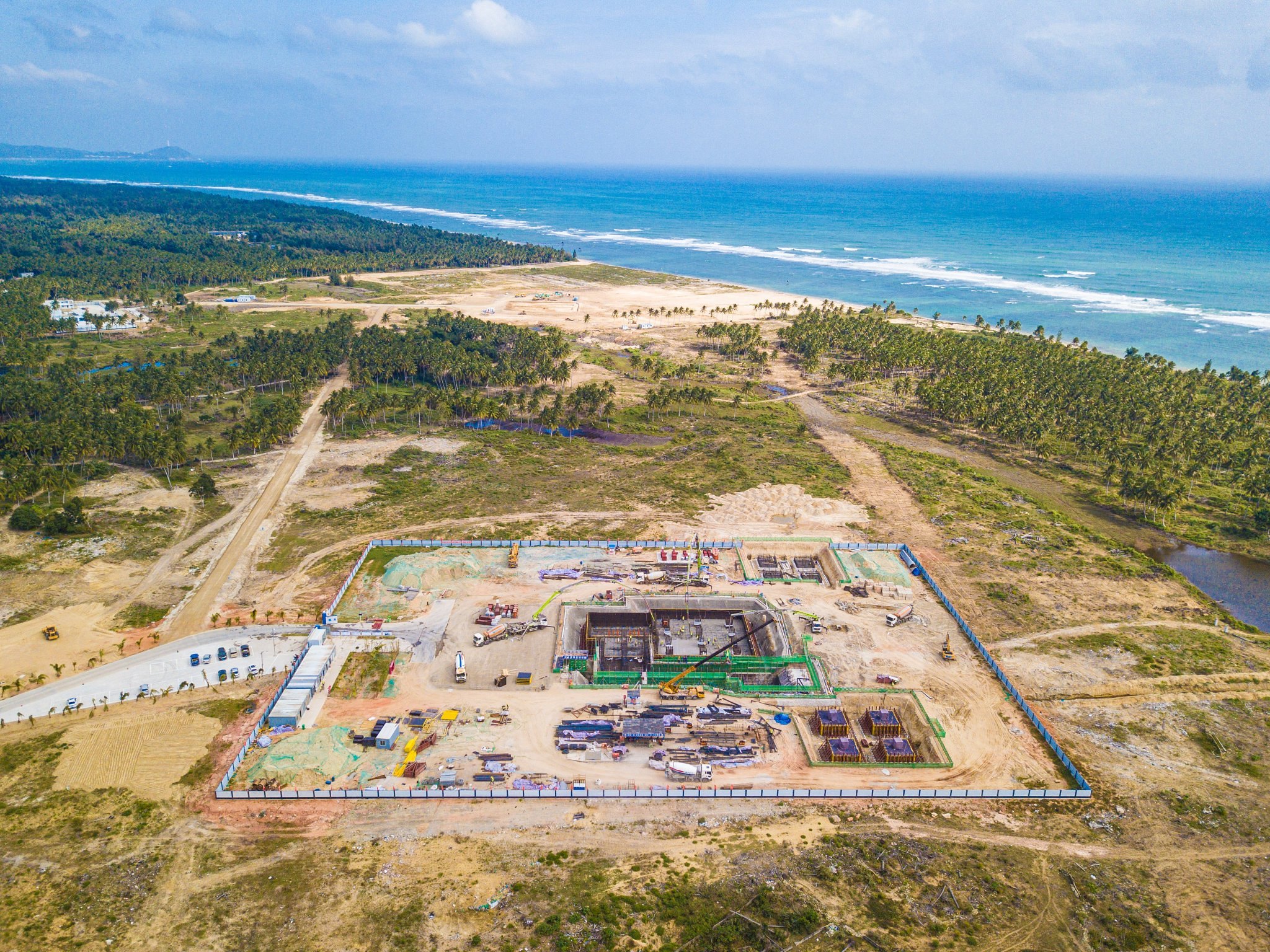
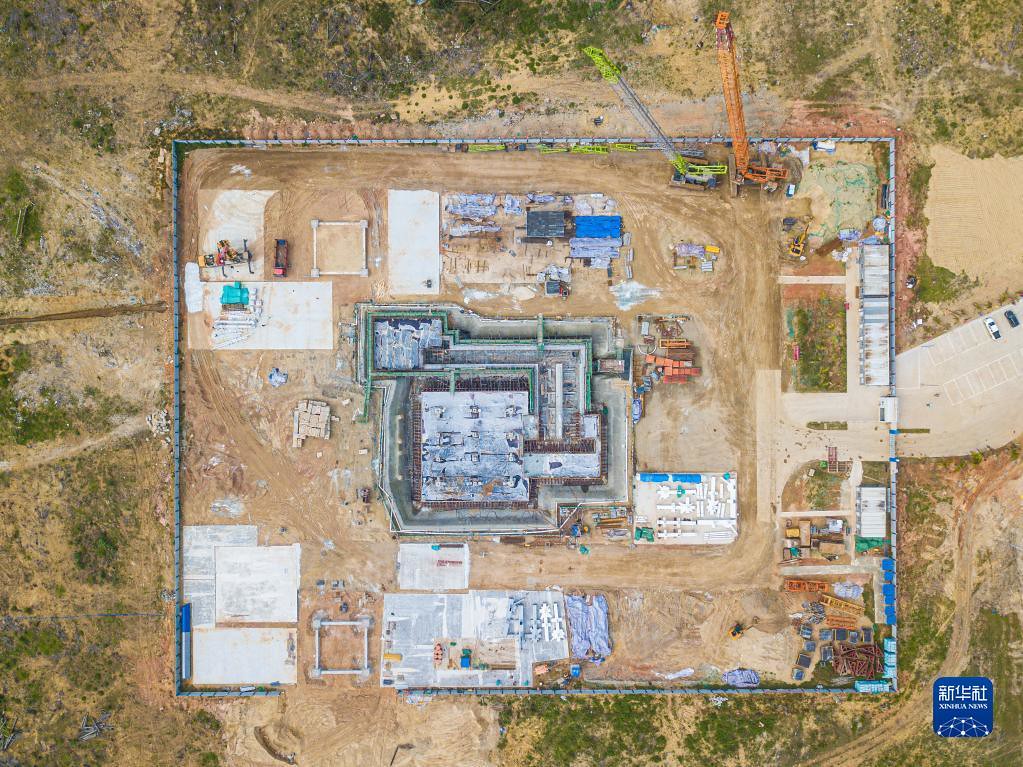
Construction progress on the adjacent launchpad no. 2:
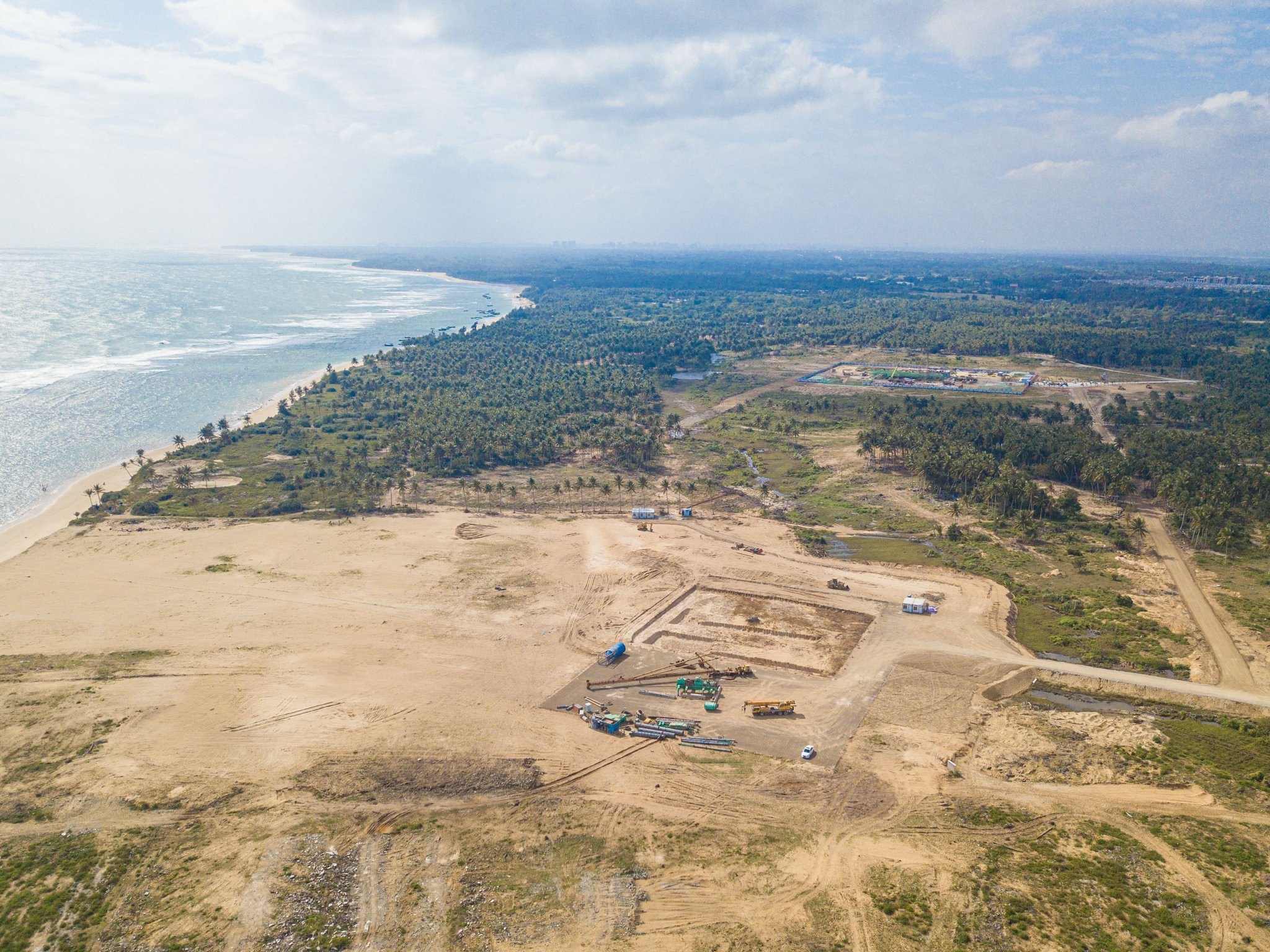
A satellite image of the two commercial launchpads under construction:
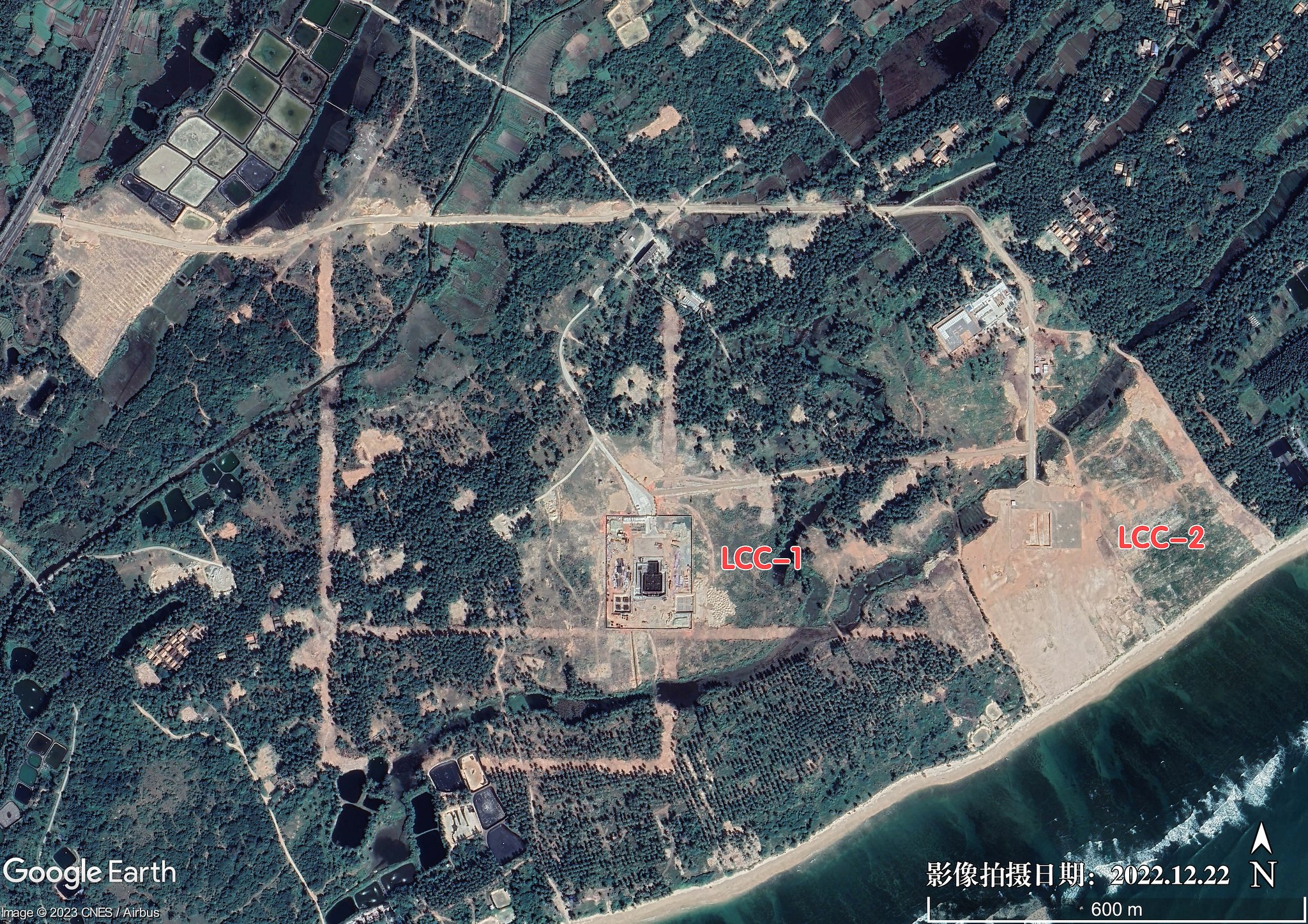
The commercial launchpads are located roughly 2.5km southwest of the existing Wenchang launch center (LC-101, LC202):



Construction progress on the adjacent launchpad no. 2:

A satellite image of the two commercial launchpads under construction:

The commercial launchpads are located roughly 2.5km southwest of the existing Wenchang launch center (LC-101, LC202):

Last edited:
escobar
Brigadier
Looks like the new assembly building in Wenchang can hold two rockets at a timeA progress update on the Hainan spaceport for commercial launches. The first two images below show launchpad no. 1, whose basic ground infrastructure has been finished. Next, the launch tower and other equipment will be erected and installed.


Construction progress on the adjacent launchpad no. 2:

A satellite image of the two commercial launchpads under construction:

The commercial launchpads are located roughly 2.5km southwest of the existing Wenchang launch center (LC-101, LC202):

